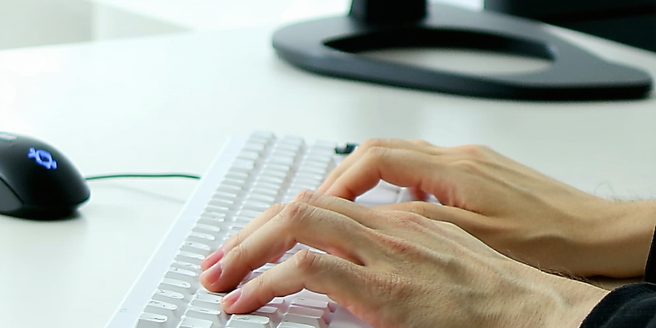Keyboard Positioning Tips

Understanding the Importance of Ergonomic Setup
Having an ergonomic setup is crucial to prevent discomfort and injury during prolonged computer use. When your workspace is properly arranged, it helps reduce strain on your muscles and joints, leading to improved focus and productivity. An important aspect is ensuring that your keyboard and monitor are at the right distance to avoid reaching or neck strain. Positioning your keyboard at elbow height with a slight negative tilt helps maintain a natural wrist position, thereby reducing the risk of repetitive strain injuries. A well-arranged setup can also promote good posture, which is vital for your back and neck health. Regular breaks and stretches complement ergonomic setups by engaging different muscle groups and providing relief from static postures. In all, paying attention to ergonomics can result in increased comfort and decreased fatigue.
Correct Height and Angle for Optimal Typing
Adjusting your keyboard to the correct height and angle is essential for optimal typing posture. Ideally, your keyboard should sit slightly below elbow height when your arms are relaxed at your sides, allowing your forearms to be parallel to the floor. This position minimizes strain on your wrists, shoulders, and neck. A negative tilt, where the keyboard slopes away from you, encourages a neutral wrist posture and can further reduce strain. Avoid using built-in keyboard stands that promote a positive tilt, as this may increase wrist extension and discomfort over time. Additionally, angle your monitor so the top of the screen is at or slightly below eye level, reducing unnecessary neck bending. Optimal height and angle adjustments ensure that your typing experience remains comfortable and free from strain or injury.
Aligning Your Keyboard with Your Body
Aligning your keyboard with your body is fundamental to maintaining a healthy typing posture. To achieve this, center your keyboard directly in front of you in line with your body, ensuring that it doesn’t deviate to the side. This alignment permits a relaxed and symmetrical position, preventing lateral wrist deviation and shoulder strain. Ensure the center of the keyboard, typically marked by the B key, is aligned with your torso. This setup promotes even distribution of movement across both hands, reducing the chances of overuse injuries to one side of the body. By aligning your keyboard properly, you facilitate an ergonomic posture that supports long-term wellness and productivity. Maintaining this alignment consistently ensures that typing remains a comfortable and strain-free activity, supporting your overall musculoskeletal health.
Choosing Between Flat and Tilted Positions
Selecting between a flat and tilted keyboard position can significantly impact typing comfort and ergonomics. A flat keyboard position maintains a neutral wrist position, minimizing wrist extension and the associated strain. This is often recommended as it encourages a more relaxed shoulder and arm position, promoting overall comfort during extended typing sessions. Conversely, a tilted keyboard can encourage an increased wrist extension, which could lead to discomfort or injury. However, some find that a slight negative tilt—where the keyboard is angled away from the user—provides a more natural positioning for the hands and wrists. Ultimately, selecting the right configuration depends on individual comfort and existing ergonomic setups. Regularly evaluating your keyboard orientation helps ensure that your workspace supports a comfortable and healthy working environment.
Incorporating Wrist Rests for Added Support
Wrist rests can be a beneficial addition to your ergonomic setup by providing support and reducing strain during typing. They serve as a cushion, helping maintain a neutral wrist posture, especially during breaks in typing. When incorporating a wrist rest, ensure it is positioned in such a way that your wrists remain straight and hover slightly above the keyboard. It should not elevate your wrists but rather serve as occasional support to rest your palms. A well-positioned wrist rest can decrease pressure on the wrist and reduce the likelihood of conditions like carpal tunnel syndrome. Materials like gel or memory foam provide adequate softness and support, ensuring comfort without compromising arm movement. By using wrist rests mindfully, you enhance ergonomic practice, ultimately promoting comfort and typing efficiency.